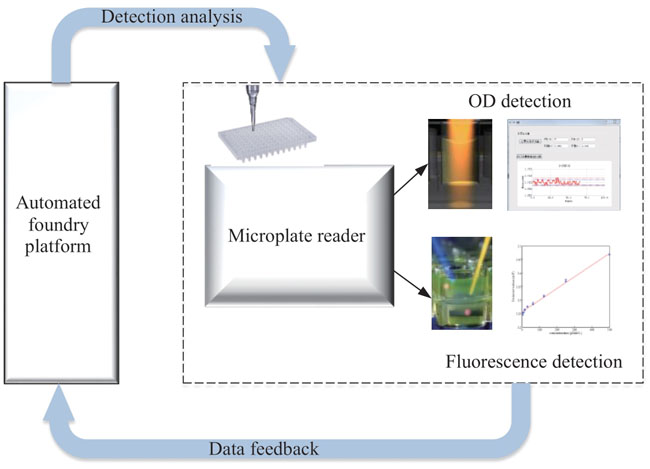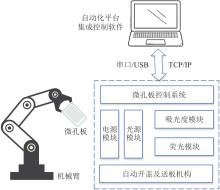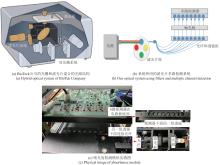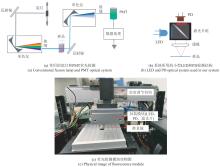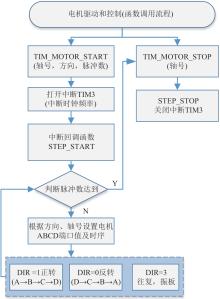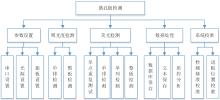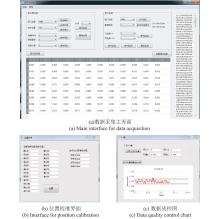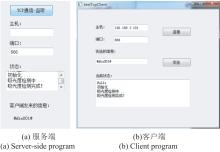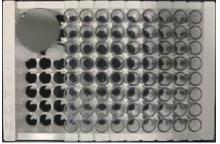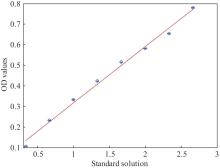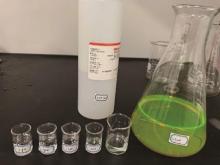|
||
|
Multifunction microplate reader for automated foundry platform
Synthetic Biology Journal
2023, 4 (5):
1036-1049.
DOI: 10.12211/2096-8280.2023-023
Bioanalytical technology is being developed towards the direction of high throughput, high sensitivity and multi-functionality. Microplate readers serve as fundamental instruments for high-throughput analysis. They need to meet the requirements of microanalysis, automation and integration. At present, domestic instruments have limitations in terms of functionality and automation. Although the single-function microplate reader has basically reached the level of oversea equivalents, there is still a gap in the multifunctional instruments. Most of the multi-function microplate reader used are imported instruments. They are usually expensive and some operating instructions are not fully disclosed. It is difficult to integrate them into the automated foundry platform. In this study, we will research key technologies of high-precision absorbance detection and high-sensitivity fluorescence detection, and develop a multifunction microplate reader. The control and soft system is also developed independently to access the automated foundry platform. In our system, the absorbance optical system includes light source, filters, fibers and lens array. Multiple channels of transmitted light are detected in parallel to improve the speed of detection. Combined with the one-dimensional movement of microplate, the whole 96 wells are measured. The fluorescence optical system mainly includes LED light source, filter cube (emission filter, excitation filter and dichroic mirror) and photodiode detector. Single channel of excitation light is detected and two-dimension scanning mechanism is realized for the whole microplate measurement. Besides the optical system, high precision data acquisition system is developed, including signal amplifying, conditioning and isolating circuit. This microplate reader is compact with independent absorbance and fluorescence modules, and scalable wavebands. According to experimental results, the reproducibility of absorbance measurement is high with a standard error of 0.3% and the total 96 micro-wells can be detected accurately within 10 seconds. The fluorescence detection has good linearity in the picomole concentration and the limit of detection for sodium fluorescein is about 3.9 pmol/L. For synthetic biology automated foundry platform, this microplate reader can be directly connected to the integration control system through serial port, and can also be remotely controlled by TCP communication.
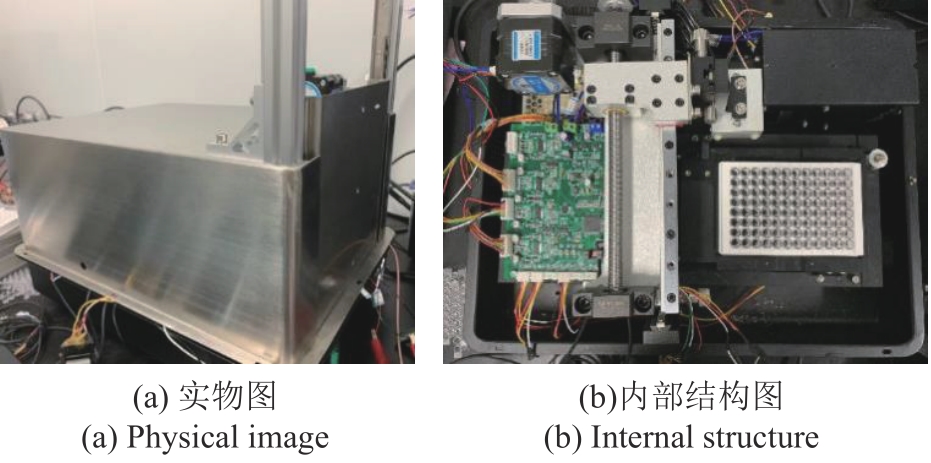
Fig. 9
Prototype built
Other Images/Table from this Article
|
